What’s Up
Private client Joel Eade and I had a superb afternnon on Saturday. Much to our delight, the diving terns and pelicans cooperated fantastically. Joel’s wife Debby made it out to the beach to enjoy the terrific weather. After we wrapped things up, we drove the short distance to Good Times Continental Restaurant, probably Tierra Verde’s best kept dining secret: 1130 Pinellas Bayway S, St Petersburg, FL. Telephone (727) 867-0774. (Continental Cuisine. Imported beers. Fine wines. More than 50 types of hand crafted soups and desserts.) Mom and Pop, originally from the Czech Republic, have been at this location coming up on 40 years–they do not accept credit cards but the food is so good that nobody complains. Debby enjoyed their legendary duck, I went for the wiener schnitzel, and Joel had the wiener schnitzel in brown sauce special. All scrumptious.
Don’t believe me? Check out the Yelp reviews here.
Galapagos 2017
If you would like to join me on the August 2017 Galapagos Photo-Cruise of a lifetime, please scroll down and see the details below. Please e-mail for couples or repeat customer discount information.
The Streak
Today’s blog post marks an insane 206 days in a row with a new educational (and fun) blog post. And I still have dozens of new topics to cover; there should be no end in sight until my big South America trip next fall. As always-–and folks have been doing a really great job recently–-please remember to use our B&H links for your major gear purchases. For best results use one of our many product-specific links; after clicking on one of those you can continue shopping with all subsequent purchases invisibly tracked to BAA. Your doing so is always greatly appreciated. Please remember: web orders only. Please remember that if you are shopping for items that we carry in the BAA Online Store (as noted in red at the close of this post below) we would appreciate your business.
|
This image was created on the afternoon of Saturday, May 28, 2016 with the hand held Canon EF 400mm f/4 DO IS II USM lens, the Canon Extender EF 1.4X III, and the rugged high speed Canon EOS-1D X Mark II with the Premium Kit/64GB Card and Reader. ISO 800. Evaluative metering +2/3 stop: 1/2000 sec. at f/6.3. Center AF point/AI Servo Expand/Shutter Button AF as originally framed was active at the moment of exposure (as is always best when hand holding). Click on the image to see a larger version. Daylight WB. AF Micro-adjustment via LensAlign/Focus Tune: -2. Tutorial coming soon. Image #1: Going down: Brown Pelican adult wheeling in flight |
The Situation
While I was thrilled on Friday afternoon to learn that the pelican/tern feeding spree action at the new location at Fort DeSoto continued, I was hoping against hope that the birds would be there on Saturday afternoon so as not to disappoint my private client, Joel Eade. Not only were they there, but the action was more frantic than ever. And the birds were feeding closer to the shore, and even better, there was lots of action on the beach right in front of the parking lot; the 1/4 mile trek through soft sand was not necessary. Boy, did we have fun.
Sitting Down on the Job
I found it best to sit, especially for the pelicans, so that I had more room above the horizon… That strategy worked quite well on this 117 keeper afternoon.
|
This image was also created on the afternoon of Saturday, May 28, 2016 with the hand held Canon EF 400mm f/4 DO IS II USM lens, the Canon Extender EF 1.4X III, and the rugged high speed Canon EOS-1D X Mark II with the Premium Kit/64GB Card and Reader. ISO 800. Evaluative metering +1/3 stop: 1/2500 sec. at f/6.3. Daylight WB. Center AF point/AI Servo Expand/Shutter Button AF as originally framed was active at the moment of exposure (as is always best when hand holding). Click on the image to see a larger version. AF Micro-adjustment via LensAlign/Focus Tune: -2. Tutorial coming soon. Image #2: Where’s the fish? Sandwich Tern kiting before dive |
Flight Photography With a Deadly Weapon…
As I have said here often, the Wheeleeze, with its huge wheels, has prolonged my beach photography career by a decade or two. At DeSoto, I can easily manage the 600 II, the 400 DO II, the 100-400 II, three camera bodies (if need be), the 24-105, the Induro GIT 304 tripod topped by a Mongoose M3.6, and a bottle or two or water. (For information on Wheeleeze, click on the Beach Stuff tab on the yellow-orange menu bar at the top of each blog page.
I started with the tripod mounted 600II/1.4X III/1dX II combination but many of the pelicans were too close and getting on the terns was quite difficult. So I set up the 400 DO II/1.4X III/1DX II combination, took a seat on the warm sand, and went to work. This combination is just light enough for me to hand hold for an extended shooting session. And getting on the birds is–as always with birds that are constantly zigging and sagging and changing direction–a lot easier when hand holding than when working with a bigger lens on a tripod. The speed of initial AF acquisition with this combo is lightening fast provided that you raise your lens and get the bird in the frame on your first try, and once the 1DX II gets on a subject and begins tracking sharpness is not an issue…
|
Like the first two images in today’s blog post, this image was created on the afternoon of Saturday, May 28, 2016 with the hand held Canon EF 400mm f/4 DO IS II USM lens, the Canon Extender EF 1.4X III, and the rugged high speed Canon EOS-1D X Mark II with the Premium Kit/64GB Card and Reader. ISO 800. Evaluative metering +2/3 stop: 1/2000 sec. at f/6.3. Daylight WB. Center AF point/AI Servo Expand/Shutter Button AF as originally framed was active at the moment of exposure (as is always best when hand holding). Click on the image to see a larger version. AF Micro-adjustment via LensAlign/Focus Tune: -2. Tutorial coming soon. Image #3: Balletic–Sandwich Tern power dive |
Exposure/Processing Fine Point
For most of the last hour, I worked with ISO 800. With the light being pretty darned constant, I went with 1/2500 sec. for the terns, and 1/2000 sec. for the pelicans as the WHITEs are not quite as white as the WHITEs on the pelicans. With image #3, I did not remember to make the switch to the tern exposure… Thus, the WHITEs showed RGB values in the low 250s, much too bright for me. Though I pulled down the Brightness slider and moved the Highlight slider to -2 for the RAW conversion in DPP 4, I still needed to run a layer of my NIK 50/50 recipe on the WHITEs and then paint in about a 20% Linear Burn on the brightest WHITEs after that.
Your Favorite?
Which of the three images presented here today do you like best? Be sure to let us know why. All comments are welcome.
|
You can order your copy of “The Photographers’ Guide to Canon Digital Photo Professional 4.0” (aka the DPP 4 Raw Conversion eGuide) by Arash Hazeghi and Arthur Morris by clicking here. |
The DPP 4 eGuide (PDF)
Learn how and why I and many other discerning photographers choose and use only DPP 4 to convert their Canon RAW files in the DPP 4 RAW Conversion Guide by Arash Hazeghi and yours truly. The latest version supports all of the newer Canon camera bodies and several older models including the EOS-7D and the EOS-1D Mark IV. The DPP IV Guide is the ideal companion to the 7D Mark II User’s Guide, a runaway best seller.
The 1D X II
If what you read today on the blog or what you have been seeing for the past month inspires you to purchase a Canon EOS-1D X Mark II DSLR Camera Premium Kit with 64GB Card and Reader please use the active link or click on the logo-link above. Doing so will be greatly appreciated. Many who used our link right off the bat already have their 1DX Mark IIs.
|
Tame birds and wildlife. Incredible diversity. You only live once… |
GALAPAGOS Photo Cruise of a Lifetime IPT/The Complete Galapagos Photographic Experience. August 8-22, 2017 on the boat. 13 FULL and two half-days of photography: $12,499. Limit: 13 photographers plus the leader: yours truly. Openings: 4.
Same great trip; no price increase!
This trip needs nine to run; in the unlikely event that it does not, all payments to BAA will be refunded in full.
My two-week Galapagos Photo-Cruises are without equal. The world’s best guide, a killer itinerary, a great boat (the Samba), and two great leaders with ten Galapagos cruises under their belts. Pre-trip and pre-landing location-specific gear advice. In-the-field photo instruction and guidance. Jeez, I almost forgot: fine dining at sea!
The great spots that we will visit include Tower Island (including Prince Phillips Steps and Darwin Bay), Hood Island (including Punta Suarez, the world’s only nesting site of Waved Albatross, and Gardner Bay)—each of the preceding are world class wildlife photography designations that rank right up there with Antarctica, Africa, and Midway. We will also visit Fernandina, Puerto Ayora for the tortoises, Puerto Egas—James Bay, and North Seymour for nesting Blue-footed Boobies in most years, South Plaza for Land Iguanas, Floreana for Greater Flamingoes, and Urbina Bay, all spectacular in their own right. We visit every great spot on a single trip. Plus tons more. And there will be lots of opportunities to snorkel on sunny mid-days for those like me who wish to partake.
It is extremely likely that we will visit the incredible Darwin Bay and the equally incredible Hood Island, world home of Waved Albatross twice on our voyage. The National Park Service takes its sweet time in approving such schedule changes.
We will be the first boat on each island in the morning and the last boat to leave each island every afternoon. If we are blessed with overcast skies, we will often spend 5-6 hours at the best sites. And as noted above, mid-day snorkeling is an option on most sunny days depending on location and conditions. On the 2015 trip most snorkeled with a mega-pod of dolphins. I eased off the zodiac to find hundreds of dolphins swimming just below me. Note: some of the walks are a bit difficult but can be made by anyone if half way decent shape. Great images are possible on all landings with either a hand held 70-200mm lens and a 1.4X teleconverter or an 80- or 100-400. I sometimes bring a longer lens ashore depending on the landing. In 2017 I will be bring the Canon 400mm IS DO II lens. In the past I have brought either the 300mm f/2.8L IS II or the 200-400mm f/4 L IS with Internal Extender.
|
Do consider joining me for this once in a lifetime trip to the Galapagos archipelago. There simply is no finer Galapagos photography trip. Learn why above. |
An Amazing Value…
Do know that there are one week Galapagos trips for $8500! Thus, our trip represents a tremendous value; why go all that way and miss half of the great photographic locations?
The Logistics
August 6, 2017: We arrive in Guayaquil, Ecuador a day early to ensure that we do not miss the boat in case of a travel delay.
August 7, 2017: There will be an introductory Galapagos Photography session and a hands on exposure session at our hotel.
August 8, 2017: We fly to the archipelago and board the Samba. Heck, on the 2015 trip some people made great images at the dock in Baltra while our luggage was being loaded!
August 22, 2017: We disembark late morning and fly back to Guayaquil midday; most will overnight there.
Most will fly home on the early morning of July 23 unless they are staying on or going elsewhere (or catching a red-eye flight on the evening of the 22nd).
$12,499 includes just about everything: all transfers, guide and park fees, all food on the boat, transfers and ground transportation, your flights to the archipelago, and three nights (double occupancy) in a top notch hotel in Guayaquil. If you are good to go, a non-refundable deposit of $5,000 per person is due immediately. The second payment of $4,000 is not due until 11/1/16. The final payment of $3449 per person will be due on 2/1/17. A $200 discount will be applied to each of the balances for couples or friends who register at the same time.
Purchasing travel insurance within 2 weeks of our cashing your deposit check is strongly recommended. On two fairly recent cruises a total of 5 folks were forced to cancel less than one week prior to the trip. My family and I use Travel Insurance Services and strongly recommend that you do the same.
Not included: your round trip airfare from your home to and from Guayaquil, beverages on the boat, phone calls, your meals in Guayaquil, personal items, and a $600/person cash tip for the crew and the guide—this works out to roughly $40/day to be shared by the 7 folks who will be waiting on us hand and foot every day for two weeks. The service is so wonderful that many folks choose to tip extra.
Please e-mail for the tentative itinerary or with questions. Please cut and paste “Galapagos 2017 Tentative Itinerary Please” into the Subject line.
Please Remember to use our Affiliate Links 🙂
To show your appreciation for my continuing efforts here, we ask, as always, that you get in the habit of using my B&H affiliate links on the right side of the blog for all of your photo and electronics purchases. Please check the availability of all photographic accessories in the New BIRDS AS ART Online Store, especially the Mongoose M3.6 tripod head, Wimberley lens plates, Delkin flash cards and accessories, and LensCoat stuff.
As always, we sell only what I have used, have tested, and can depend on. We will not sell you junk. We know what you need to make creating great images easy and fun. And we are always glad to answer your gear questions via e-mail.
I would of course appreciate your using our B&H affiliate links for all of your major gear, video, and electronic purchases. For the photographic stuff mentioned in the paragraph above we, and for everything else in the new store, we, meaning BAA, would of course greatly appreciate your business. Here is a huge thank you to the many who have been using our links on a regular basis and those who will be visiting the New BIRDS AS ART Online Store as well.
Be sure to like and follow BAA on Facebook by clicking on the logo link upper right. Tanks a stack!
Typos
In all blog posts and Bulletins, feel free to e-mail or to leave a comment regarding any typos or errors. Just be right 🙂

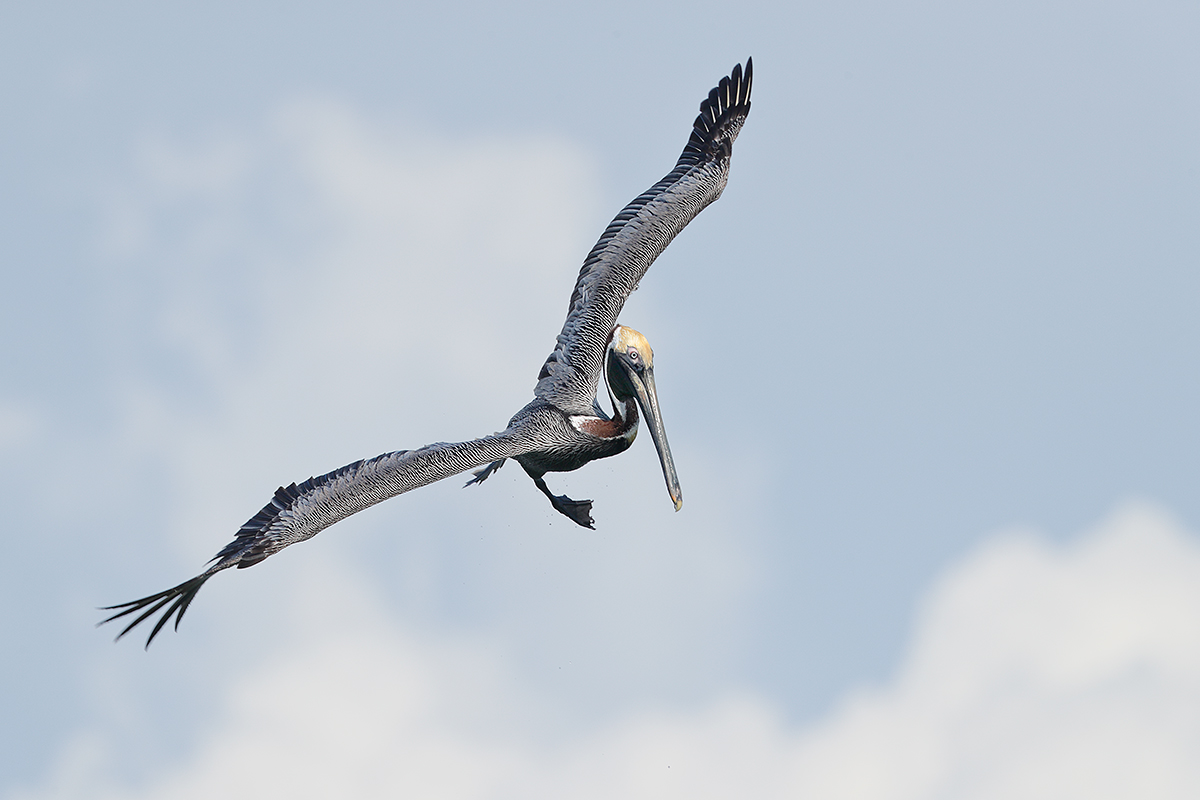
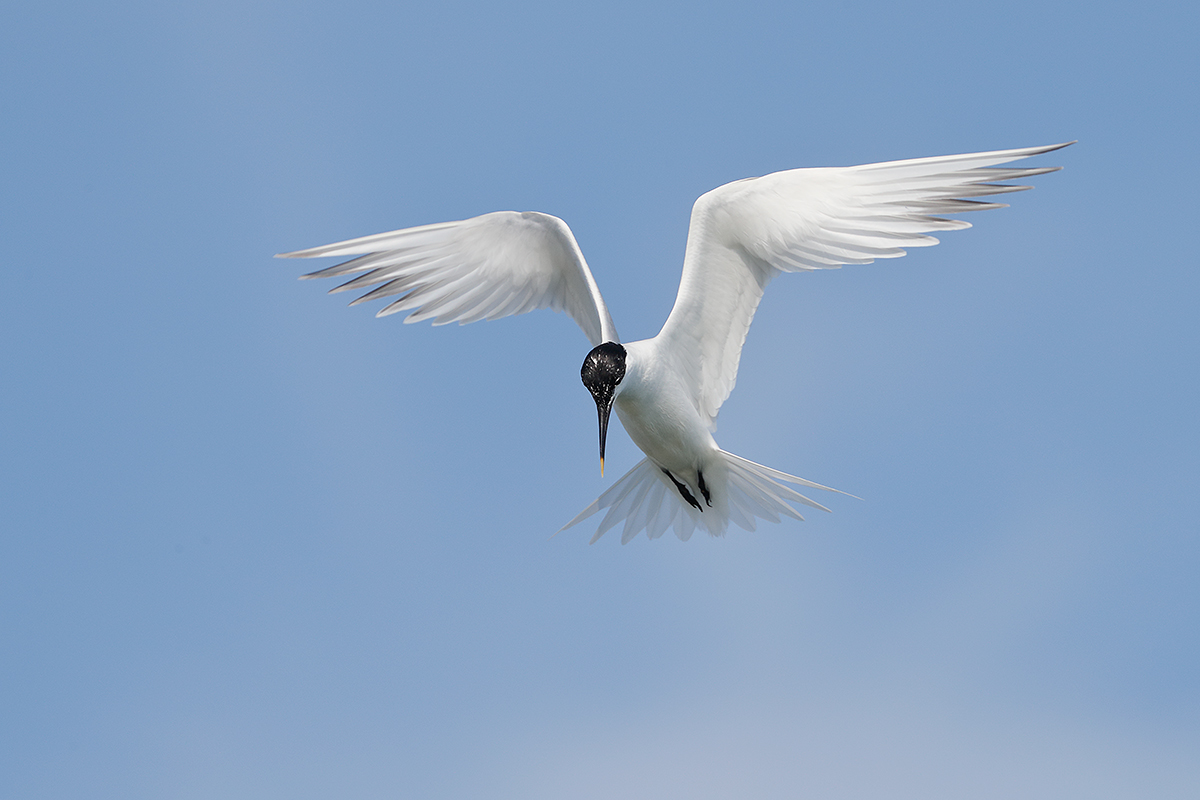
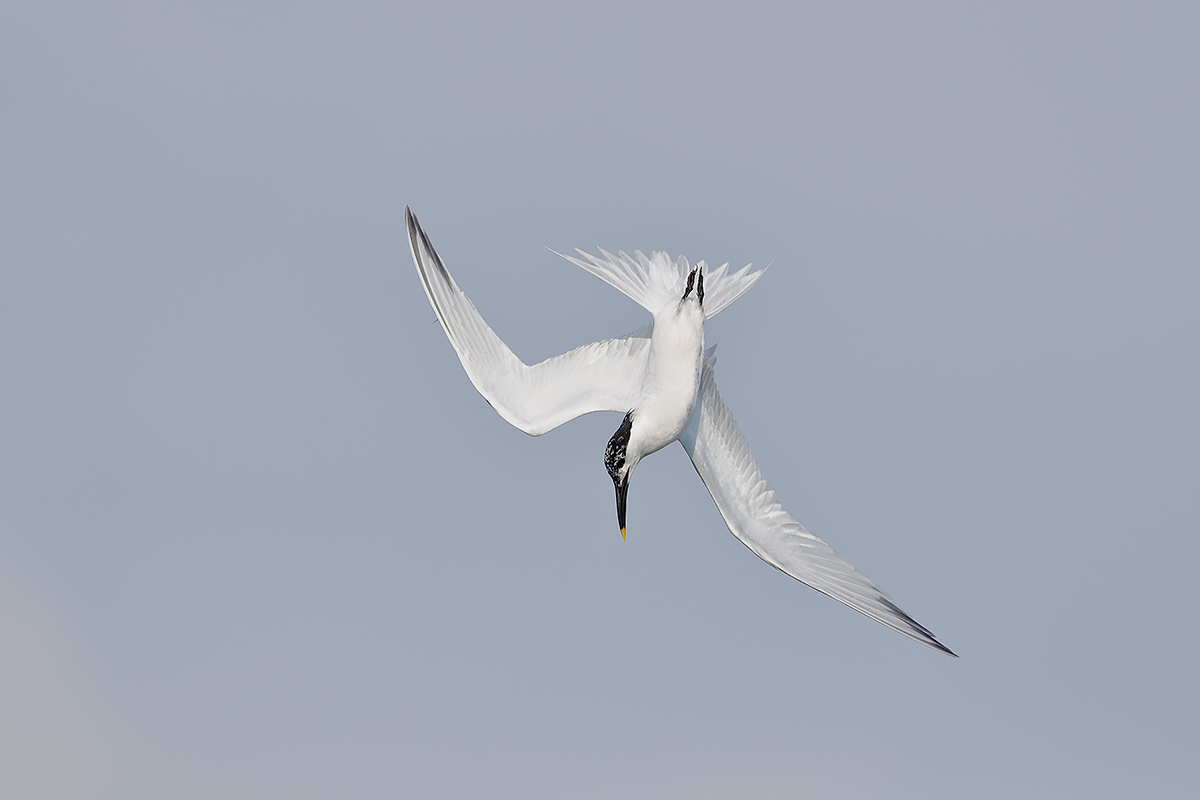
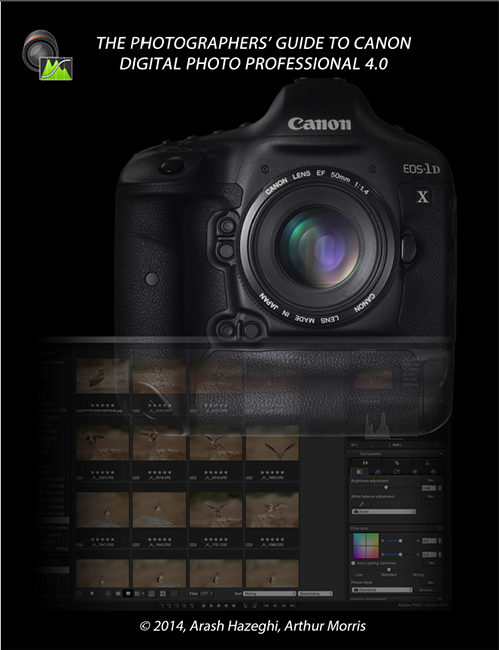
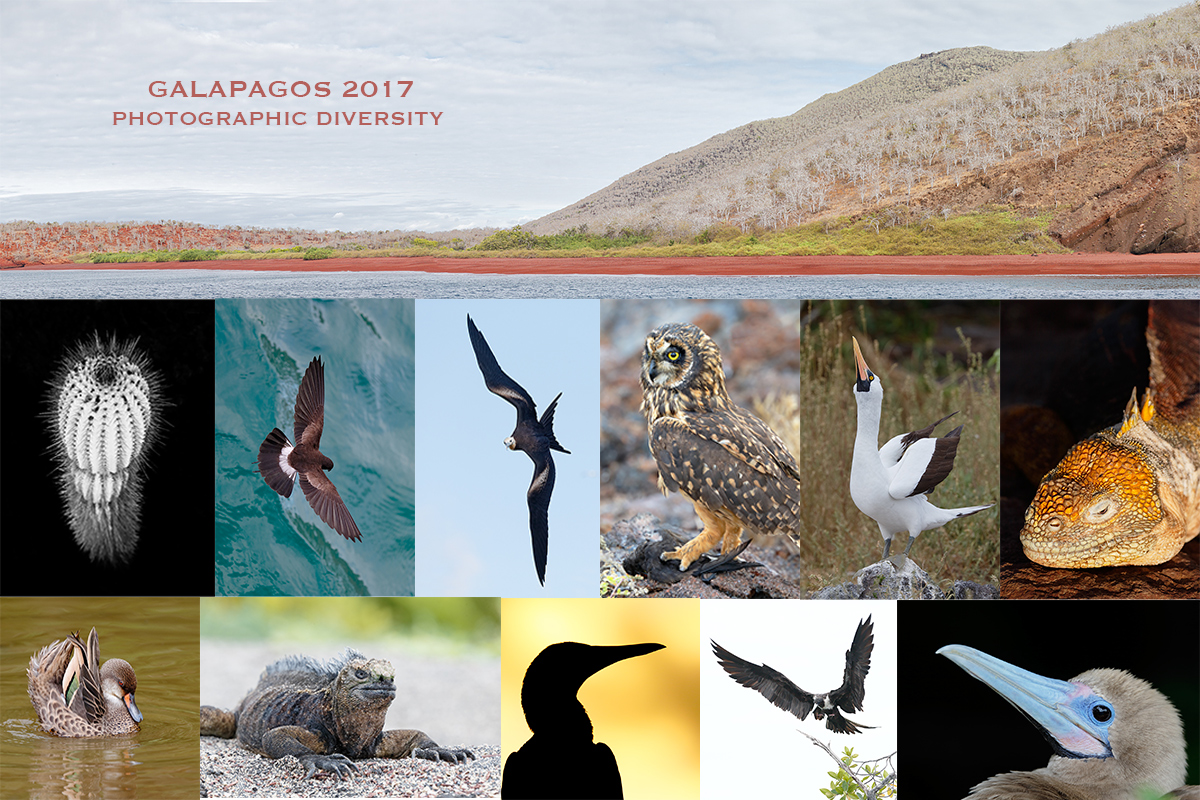
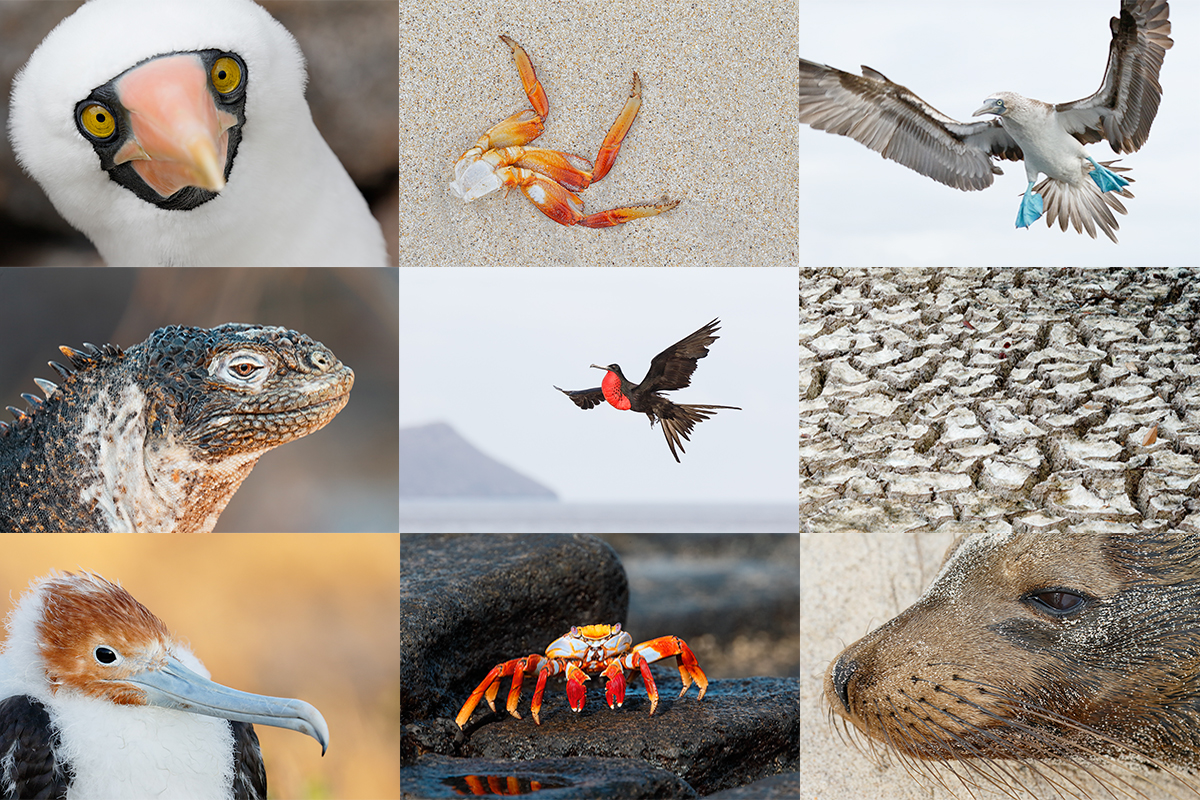













100-400 II vs 400 DO II
Artie, Given the flexibility of the 100-400, what are the reasons you’d opt for the 400DO other than f/4 vs f/5.6
John Giatropoulos
With the TC that works out to f/5.6 vs. f/8 and saves me a stop of ISO… Those just answering your question with regards to flight photography.
For general bird photography throw in the ability to use the 400 DO II/2X III combo at 800 for hand held photography….
a
for me the Kiting tern in image two is a cracker.
I love the wings up, head down position.
DP
Like them all. But #1 might be my favorite. I always like my photos when I can see the eye of the bird so clearly. I know #3 is a tough shot as the bird is moving so fast.
Thanks Moody. I did just a bit of Eye Doctor work on Image #1… a
#3 for me all the way! First and foremost because those compositions are challenging – and who doesn’t like a challenge? Also, I really like the vertical alignment of the bill and the head/eye angle.
Thanks Den. I agree that #3 is pretty special. But then, I like all of them 🙂
a
How great that you were able to sit there are get these amazing images!
#2 is perfection in every way: the position of the bird, feather detail, clarity of feet, bill.
in #3, love the acrobat-like position of the bird.
Hard to decide between these two, but I will pick #3, due to the unusual position of the bird.
Thanks girl-Kerry. The tern in #3 was really moving. Amazing that I was able to keep up with it 🙂 a
ps: it’s the lens, the TC, and the camera 🙂
Hi Artie. Great stuff as usual. Personally, I like #3, simply because of the position of the bird and, I guess, considering I have not had the opportunity to shoot terns demonstrating this feeding behavior, when I see one I am envious.
117 keepers for an afternoon shoot. Pretty impressive. Were they all flight? If yes, even more impressive. I assume you would attribute the success rate to, of course, the photographer, but also the improved focusing capabilities of the 1DXII. Would you mind speculating? How much of an improvement in your keeper rate is attributable to the MK II as compared to the 1DX. If you were on the same shoot with the same equipment, except using the 1DX, would you expect a significantly lower keeper rate, everything else being equal. From what I have read, by your and others, the focus capabilities of the 1DXII are really impressive. But for us mortals, it is a significant purchase and I need all the ammunition I can get to justify the move.
Thanks in advance for commenting.
Later, Frank
I concur with Frank. Very useful to know how these bodies stack up against each other in your opinion. Would also be nice if you include the 5DS R that you’d been using for awhile.
Frank and Kerry,
Too many questions 🙂 Many have been hinted at or answered in previous blog posts. Of the 117, all were flight or action–gulls on and near the heads of the pelicans. I believe that the AF system on the 1DX II is better than the AF system of the 1D X, so surely more keepers with the 1DX II. And when you add in either teleconverter the 1DX II is better than the 1D X and it kills the 5DS R–for flight and action. But the 5DS R files kill the image quality of either of those…
I can never answer your mere mortals question: I can never know what is best or significant for someone else. I need to do a blog post dealing with John Shaw’s old “Can I justify the purchase of this or that? question…
artie
I like the first one because there is more action in the image and some of the personality of the bird is shown. All of the photography is absolutely great.
By the way on dpr they said that almost all new Canon cameras either can’t focus well on moving objects (80d) or focus for moving objects for the camera you used above is not as good as the new Nikon’s. My point to dpr, they don’t know squat about how to setup and use a Canon camera and have not taken the time to do so.
It might be nice if you mentioned the case you used or the modified case. Knowing which focus point was used to me is not as important as knowing what where the detail af settings.
Hi Byron, You gotta love those internet experts. Actually, the 1DX II is pretty good right out of the box. AF on my 1DX II–including the custom case–is set up exactly the same as my 1D X, 7D II, and 5D III were. Those custom cases settings are detailed in the 5D III and the 7DII User’s Guide and the 1DX AF Guide. Those who do not own any of them will find the User’s Guides here.
artie
Artie,
Under Exposure/Processing Fine Point, I think you meant 1/2000 sec. for pelicans rather than 1/200 sec. for the pelicans.
Hey Chuck,
Thanks for catching my typo; it has been fixed. a
1 or 2…… I cannot make my mind up, both so brilliant…… Whilst the power dive in 3 is again a wonderful capture, it does not stand out so well as the others against the background.